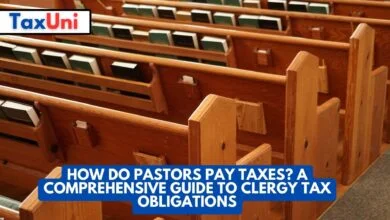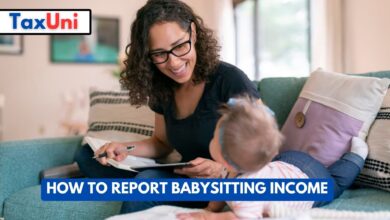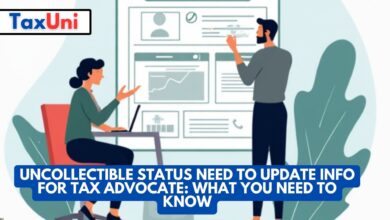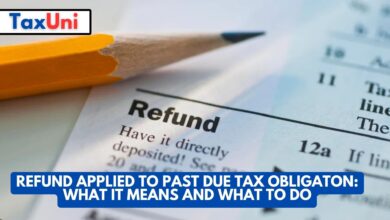1099-R Form
Have you gotten any taxable income from a pension or retirement account in the past year? Then you should also expect to receive a Form 1099-R from the IRS. This document can be used to prepare your local or state income tax return.
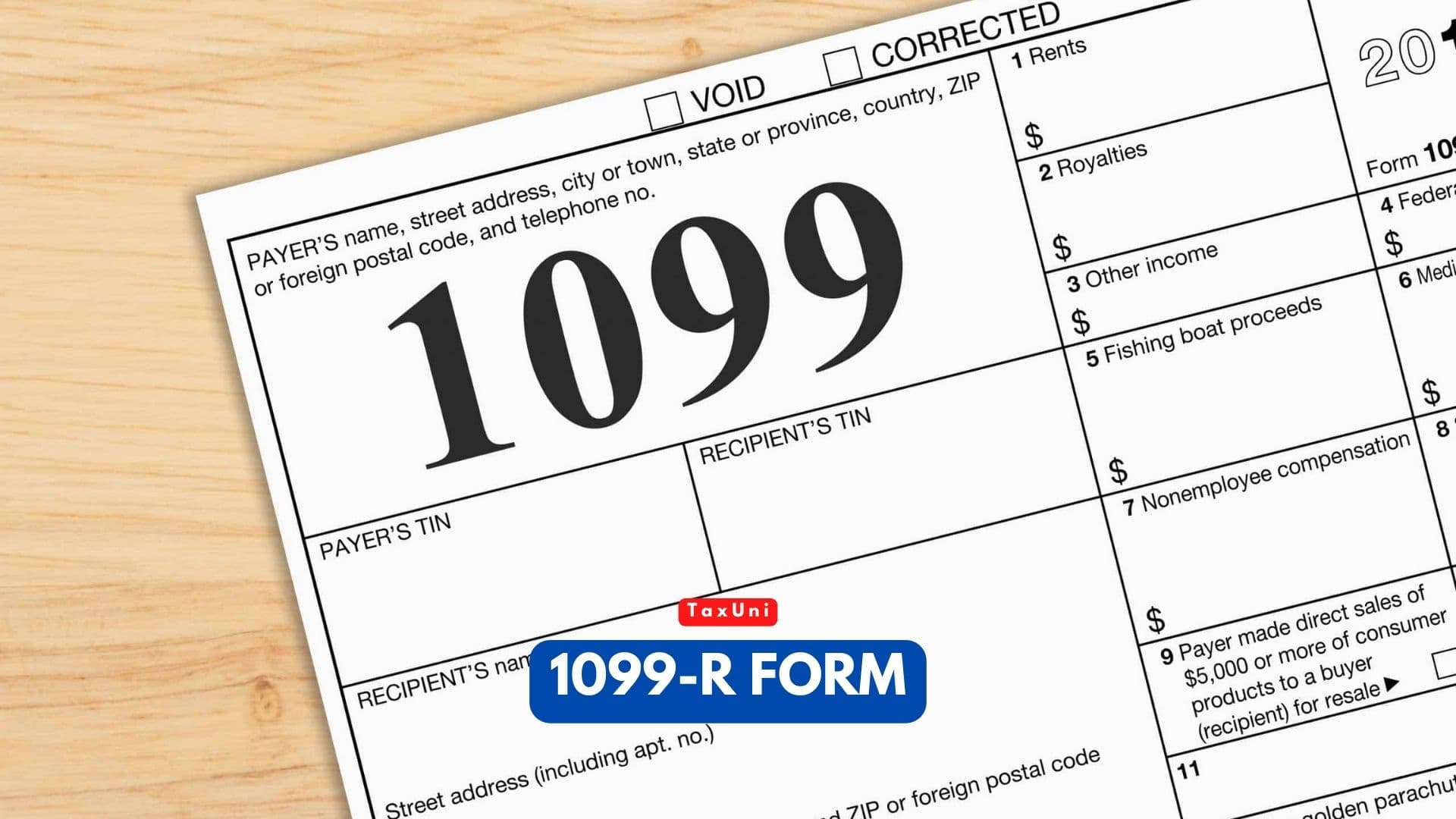
The Internal Revenue Service sends out many different kinds of information returns. The 1099-R Form is one of them. This document is designed to help taxpayers keep track of all their income and ensure that they report the correct amount of money. The 1099-R Form tells you about the total gross distribution, any money you got before taxes, the amount you have to pay taxes on, and any other taxes or penalties that may be due. It also includes a description of the distribution type and a description of the distribution code.
If you are a military retiree, you will receive a paper copy of the 1099-R Form in the mail. You can also request an electronic copy. These forms are sent to your current recorded address. You can print a copy of Form 1099-R yourself or get one from the IRS or a professional tax advisor. You will have to give information about who you are and the name of the person or business that gave you the distribution. In addition, the PBGC will withhold federal income tax on certain benefits.
The 1099-R Form is usually issued for distributions of $10 or more. However, there are a few exceptions. For example, a rollover from a traditional IRA to a 401(k) account or to an annuity will not trigger a Form 1099-R.
Other types of retirement account distributions that can trigger a 1099-R Form are:
- Death or disability benefits.
- Distributions of annuities or annuity funds.
- IRA distributions that were already taxable before the rollover.
When you get money from a retirement plan, you should fill out the 1099-R Form and include the taxable amounts that will be taken out.
When you prepare your annual tax return, you will need to include a copy of the 1099-R Form. This form is typically mailed by January of the following year. Although the form provides a lot of information, it is designed to be something other than expert tax advice. It is best to consult a professional before you prepare your tax return.
How to Fill Out The 1099-R Form?
- The 1099-R Form has boxes on the left and right sides:
- Box 1 is for Gross Distributions. These are the amounts withdrawn from the account before any taxes are applied. Amounts reported in box 10 are allocated to In-plan Roth Rollover (IRR) within five years.
- Box 2a: Your total taxable amount based on your distribution
- Box 2b: There is an “X” next to “Taxable Amount Not Determined” if your payer was not able to determine the taxable amount
- Box 3: You will find any taxable capital gain here, including charitable gift annuities or a lump-sum distribution from a qualified plan if you were born before January 2, 1936.
- Box 4: Any amount of federal income tax withheld.
- Box 5: The amount contributed to Roth or insurance premiums
- Box 6: Means that you’ve received a distribution in the Form of stocks from your pension plan.
- Box 7: This box is intended to help you determine the taxable amount of your distribution. It has a distribution code that you can look up online. There is a description of the distribution code on the back of the Form. All the codes are listed at the end of the article.
- Box 8: Any amount of any annuity contract that was part of your yearly distribution.
- Box 9a: the percentage of the total distribution you received if you received part of a distribution sent to more than one person.
- Box 9b: Your total investment in a life annuity
- Box 10: You will need to enter this box if you have rolled over funds from one account to another. There are two types of rollovers – direct and indirect. Direct rollovers are not taxable. However, an indirect rollover of funds to another account may be taxable.
- Box 11: Record of the first year in which you made your contribution to your ROTH account
- Box 12: This box shows you how much money is allocated to certain chapters of the IRS tax code. Among the categories are the IRA, the IRA Rollover Rules, FATCA, the rolled-over amount, and the IRR.
Distrubution Codes FOR 1099-R Form
- Code 1: Early distribution, no known exception.
- Code 2: Early distribution, the exception applies.
- Code 3: Disability
- Code 4: Death
- Code 5: Prohibited transactions
- Code 6: Section 1035 exchange
- Code 7: Normal distribution
- Code 8: Excess contributions plus earnings/excess deferrals (and/or earnings) taxable in 2025
- Code 9: Cost of current life insurance protection.
- Code A: May be eligible for a 10-year tax option.
- Code B: Designated Roth account distribution.
- Code C: Reportable death benefits under section 6050Y.
- Code D: Annuity payments from nonqualified annuities and distributions from life insurance contracts that may be subject to tax under section 1411.
- Code E: Distributions under Employee Plans Compliance Resolution System (EPCRS).
- Code F: Charitable gift annuity.
- Code G: Direct rollover and direct payment.
- Code H: Direct rollover of a designated Roth account distribution to a Roth IRA
- Code J: Early distribution from a Roth IRA.
- Code K: Distribution of traditional IRA assets not having a readily available FMV.
- Code L: Loans treated as deemed distributions under section 72(p)
- Code M: Qualified plan loan offset.
- Code N: Recharacterized IRA contribution made for 2025.
- Code P: Excess contributions plus earnings/excess deferrals taxable in 2024.
- Code Q: Qualified distribution from a Roth IRA
- Code R: Recharacterized IRA contribution made for 2024.
- Code S: There is no known exception for early distribution from a SIMPLE IRA in the first 2 years.
- Code T: Roth IRA distribution, the exception applies.
- Code U: Dividends distributed from an ESOP under section 404(k).
- Code W: Charges or payments for purchasing qualified long-term care insurance contracts under combined arrangements.
